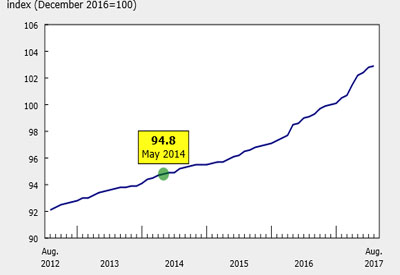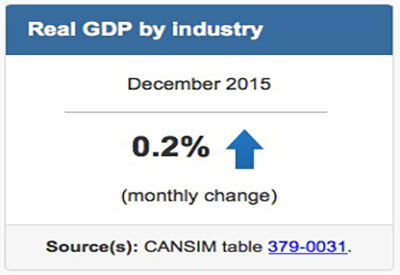‘SCREAM’ to Recalibrate Your Supply Chains

Nov 29, 2021
By Swati Vora-Patel
Nearly every industry has experienced supply chain angst during this pandemic, forcing many leaders to recalibrate their supply chains to surf the waves of unexpected challenges – transportation disruptions, material shortages, demand surges, escalated shipping and freight costs, and labour issues. Every link in the supply chain has been rattled, making anyone involved wanting to ‘scream’ – but what if there is a way to apply this ‘scream’ to a more productive cause?
EFC recently hosted its Supply Chain Summit and invited Dr. Paul D. Larson, CN Professor of Supply Chain Management at the University of Manitoba, who shared a ‘Supply Chain Risk Evaluation and Management (SCREAM)’ framework. Larson’s SCREAM framework evolved from a 2008 University of Manitoba Transport Institute report titled, “Manitoba Nutrition Supply in Event of a Pandemic.” The report wrestled with the question: how would Manitobans get their needed nutrition if the province was to be “on its own” for several months with all provincial and international borders closed?” This report yielded the SCREAM framework, which features a set of recommended steps to protect the resiliency of supply chains, allowing organizations to be more adaptive and responsive to changing situations, ultimately maintaining manufacturing capacity, distribution, customer service, market share and financial performance.
Supply chains face two fundamentally different types of risk: operational risks (e.g. lead time variability) and major disruptions, such as the ongoing pandemic. SCREAM is about understanding exposure and vulnerability to possible disruptions. (‘Exposure’ is an estimate of the likelihood a disruption will affect an organization. ‘Vulnerability’ involves an assessment of the disruption’s impact).
For disruptions where your organization faces high exposure and great vulnerability, SCREAM suggests taking a proactive (vs. reactive) approach. Essentially this means – be prepared and have a back-up plan!
SCREAM outlines the following parameters that business leaders will want to review with their team throughout the year to evaluate degrees of exposure and vulnerability:
1. What is your supply chain strategy?
• Lean vs. agile
• Low-cost country vs. domestic sourcing
• Single vs. multiple sourcing
• Reactive vs. proactive approach to risk
2. Who should be on your SCREAM team?
• Cross-functional (operations; purchasing; logistics; sales; marketing)
• Inter-organizational (suppliers; customers; technology partners)
• Other stakeholders (employees; governments; communities)
3. Supply chain mapping and scenario planning to identify exposures and vulnerabilities – and to prioritize risk events: what supply chain risks/disruptions do you face? This is your early warning system.
4. Impact assessment: how will the disaster affect your organization?
• Employee absenteeism
• Material shortages
• Labour shortages
• Demand surges (or plunges)
• Availability of transportation
5. Contingency planning: How will you respond to each of these impacts? Do you have a “Plan B”?
6. Who are your critical partners and customers? What differentiated value do you bring to your partners and customers?
7. What are your critical activities? Could some of your employees work remotely? Under what conditions will you shut down – and for how long?
Many organizations have started a risk management assessment of their business, opening up the door for new conversations and new solutions such as:
• Onshoring/near-shoring considerations with a renewed focus on repatriation
• Decentralizing manufacturing to mitigate risk – during this pandemic, lead times have doubled and tripled in many instances
• Re-examining their portfolio of vendors and specifications by diversifying raw materials, components/parts and vendors who supply these
At the same time, many distributors are also evaluating their partner strategies with a view on supply diversification as well as forward-buy strategies. In fact, during interviews with several EFC distributor members, many said their inventory levels have increased 5% to 20% during this pandemic. Upon taking a closer look, EFC’s market share data (Q2 2021) shows that growth in warehouse sales is nearly three times higher than direct shipments, suggesting that forward-buy strategies are in play for many distributors to manage expected demand surges.
This pandemic is not the last major disruption your supply chain will face. What Covid-19 has brought to the forefront is that business planning can no longer solely focus on price, lead time and quality – risk management is an essential operational driver to support the agility of supply chains.
The next time your business faces a disruption, think ‘SCREAM’ and activate your team to put your organization’s contingency plans into motion.
—————————————————
Join EFC’s Supply Chain Network and learn about these and other industry best practices for supply chain optimization. Contact info@electrofed.com to join the Supply Chain Network. For details, visit https://www.electrofed.com/supplychainnetwork
Swati Vora-Patel is VP Marketing & Channel Development at Electro-Federation Canada.











